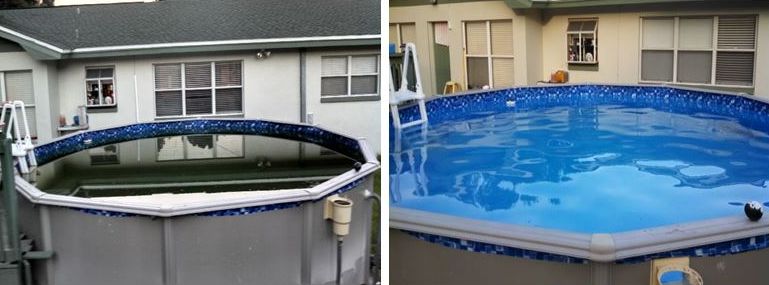
Leaves that drop into the water from nearby trees are also common sources. Phosphates can be introduced to the open environment of a pool when nearby landscaping and fertilizers enter the pool through water runoff or rain.

Phosphates act as a food source for algae, causing it to grow. “You want to brush the walls because that’s where the algae is going to be, and for the algaecide to work better,” says Ross Wilbur of Three Generations Pool/Spa Maintenance and Repair in San Clemente, California. “If you get it at least loose on the walls or off the walls, it is better because then the algaecide can work in the water and kill the algae.” “Adding a few ounces a week will keep algae from developing and spreading throughout the pool.” “Algaecide should be used on a weekly basis,” says Theodora Sergiou, vice president and chief operating officer of Nicholas Pools in Toms River, New Jersey.

When it comes to pool algae - small organisms that can cause murky water or scum on pool walls or the water surface - pool pros say prevention is the best course, and recommend the regular use of algaecide.


 0 kommentar(er)
0 kommentar(er)
